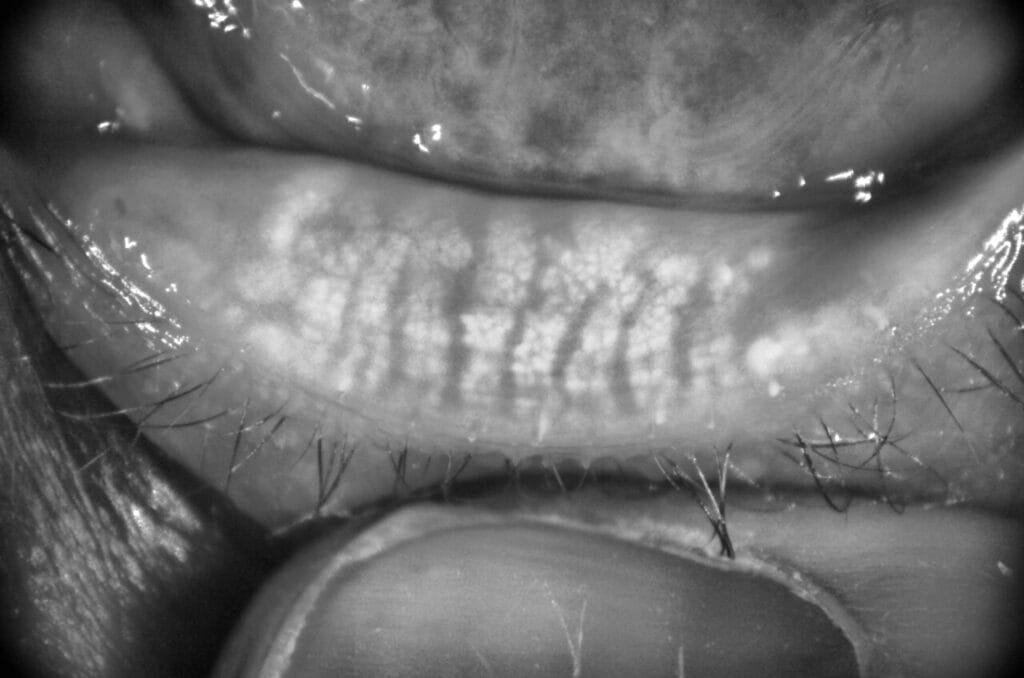Meibomian gland dysfunction or MGD is the most common cause of dry eye disease. A number of factors cause obstruction to the openings of the meibomian glands. Although the obstruction is mostly near the gland opening, it may also occur further down the gland tubule. This causes changes to the quality of gland secretions, increased ocular inflammation and ultimately permanent damage to the glands themselves.
Intraductal probing involves using a fine, blunt probe to push through blockages and open the gland tubule thereby allowing the flow of oils onto the surface of the eye. Probing is not permanent and will require additional treatments. The combination of IPL and probing is the most effective way to manage obstructive MGD.
